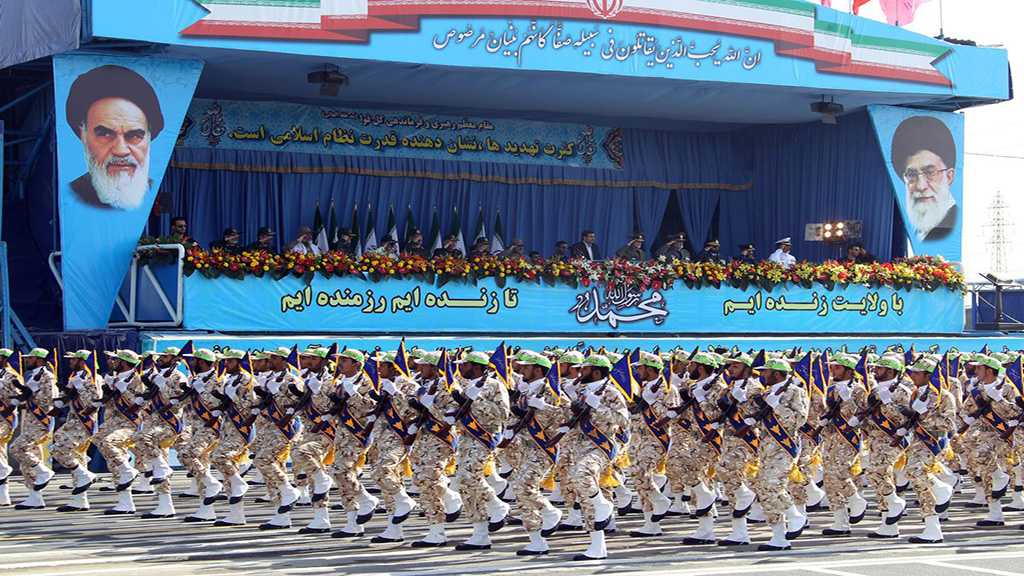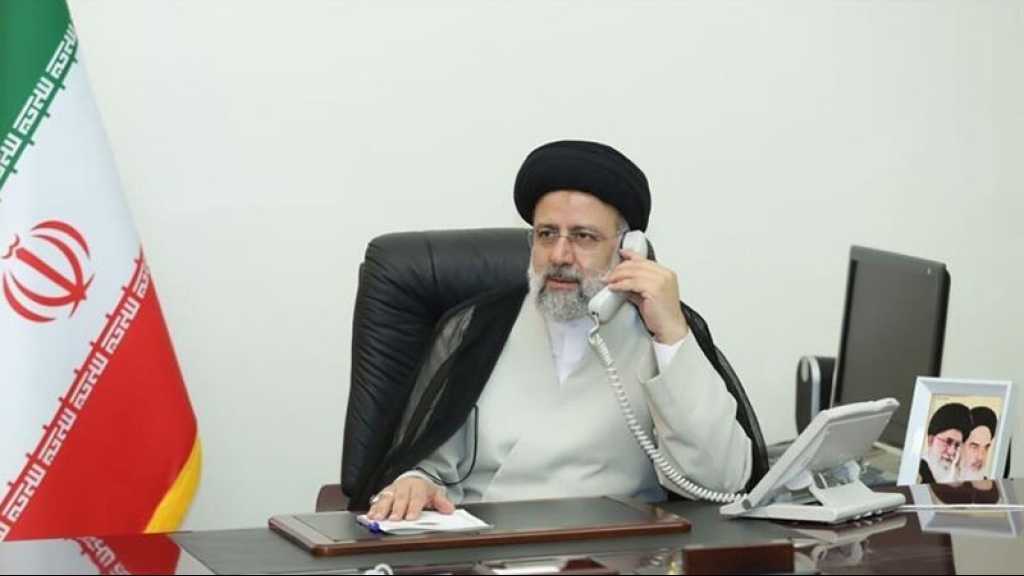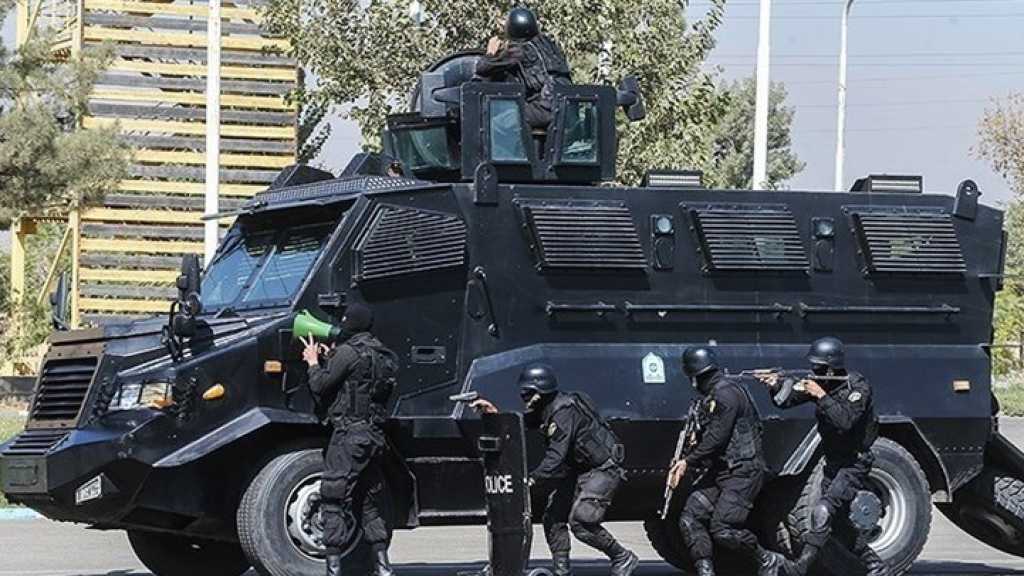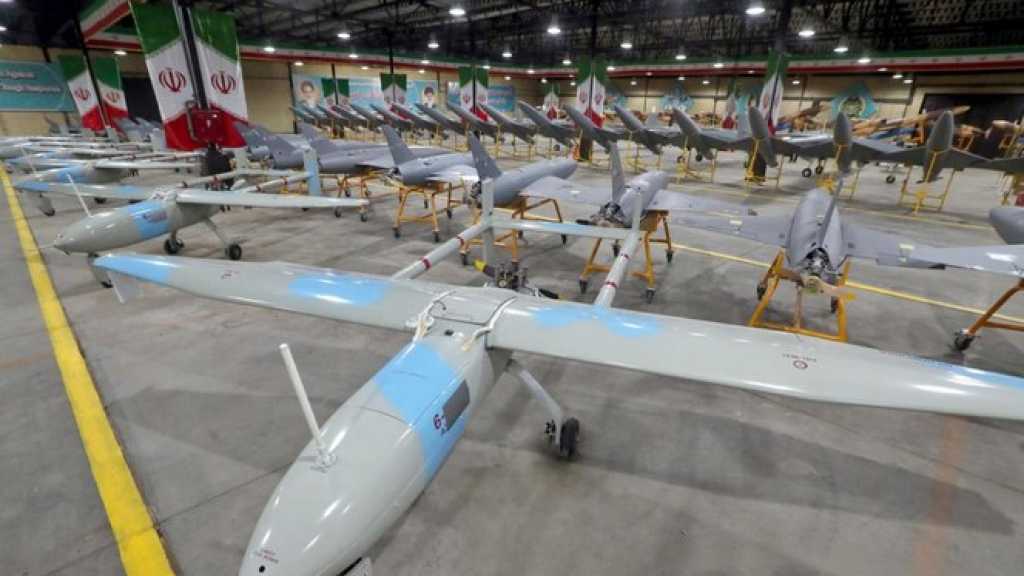
How Is Iran’s Strategic Power Displayed In Regional And International Arenas?

By Charles Abi Nader
Present-day Iran is regarded as an active country on regional and international arenas. Most of the region's conflicts are related to the Islamic Republic’s influence or how it is being affected. There is no doubt that this country has imposed itself on the world stage with its own elements that constitute or form its strategic power.
Iran’s Islamic Revolution (1979) was the turning point between two eras for this state. The two periods differed in terms of orientation, capabilities, concepts, positions and roles. It was born when Iranians from all walks of life targeted the monarchy, which was under the rule of the US-backed Shah Mohammad Reza Pahlavi. Following a broad referendum, this revolution achieved a drastic change in the way of governance. It fell under Islamic rule under the patronage of the religious marja’ Ayatollah Khomeini.
One of the most important objectives of the revolution, which established Iran's strategic power today, may be in not submitting to the outside in general, and the liberation from dependence and hegemony of the United States in particular. Perhaps this liberation, which is still prevalent today and becoming more powerful, forms the sensitive and controversial files of engagement between the Islamic Republic of Iran and the Americans. The State of Iran stands in the face of its equal, the US, on the one hand and confronts the small agents on the other. These small agents are used as a scapegoat, a virtual front for confrontation and a source of funding for this conflict.
Iran's strategic power lies first in Tehran’s rightful position in the conflict with the Americans and the Zionists. In this conflict, which is mainly related to confronting the “Israeli” enemy, the Islamic Republic plays the role of the protector or the custodian of the rights of the Arabs and Muslims that are usurped by the Zionist entity. As most Arabs seem to be on the path of surrendering these usurped rights either for fear, dependence, complicity or betrayal, Iran as a leader of the resistance axis in the region, stands firm in its position. It is subjected to a semi-international, diplomatic, economic, political and cultural attack.
Iran's strategic power is also evident in its position and influence in the Middle East. Iran created and imposed this power through its military, diplomatic and economic capabilities. It is a superpower that cannot be bypassed. The best proof of this is Iran’s ability to separate most Western countries, especially the Europeans and the Eastern countries from following in the footsteps of the Americans in withdrawing from the nuclear agreement. After President Trump was forced to step back from resetting the equation of the production and export of Iranian oil, there seemed to be a financial mechanism to bypass US sanctions and ensure Iran's oil rights and revenues remain on track.
Iran's military strength appears in the strategic missile force, which has clearly imposed itself on the regional arena, and also in its ability to acquire nuclear weapons with a semi-autonomous effort. This possession of the nuclear weapon is only related to the responsiveness and credibility of those who are committed to Iran in the nuclear agreement and not at all related to the available capability or the capacity.
Iran's strategic power also appears in the surrounding and distant seas. It grapples with powerful countries, especially the United States, in deploying its naval capabilities in Iran’s territorial waters, in nearby and distant vital waterways (the Strait of Hormuz, Bab el Mandeb and the Red Sea) and in international seas as well. It particularly vies with them at the level of sending Iranian-made naval spare parts to the West Atlantic and to Venezuela – as stated and permitted by international laws and conventions on sailing, traffic and the deployment across the oceans.
The war on Syria and the latter’s victory as well as Iran’s role in supporting Damascus confront the hordes of local, regional and international terrorists may be one of the points that showed Iran's strategic power the most. The Islamic Republic has demonstrated that it has a strategic vision, contributed to the axis of resistance, led by the Lebanese Hezbollah and the Syrian Arab Army, to impose a preemptive battle that prevented the overthrow of the Syrian state, and therefore maintained Syria as a key point in the struggle against the “Israeli” enemy. Perhaps “Israel” is most aware of the importance and strength of what Iran can gain from the strategic points, through the existence of a strong and cohesive Syrian state. The best proof of that is the vicious and continuous Zionist targeting of Iranian positions in Syria and the region.
Following the Islamic Revolution, Iran has essentially created a global and historical concept of strategic power which revolves around the following equation: “No country, regardless of its capabilities and abilities at all levels, can be an effective strategic power if it is not completely free from any attachment, dependence and external guidance.”



